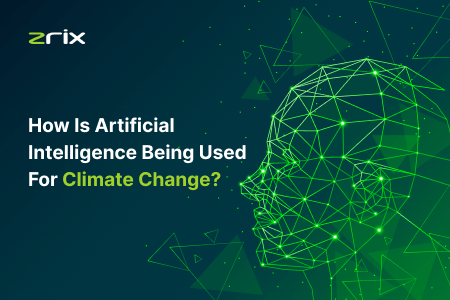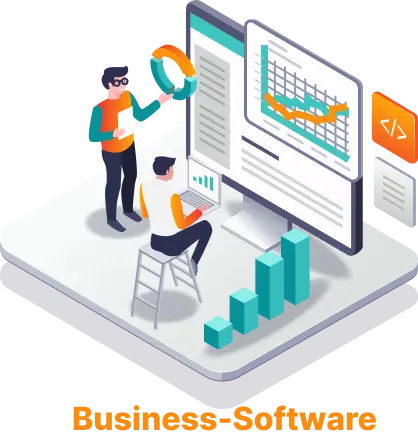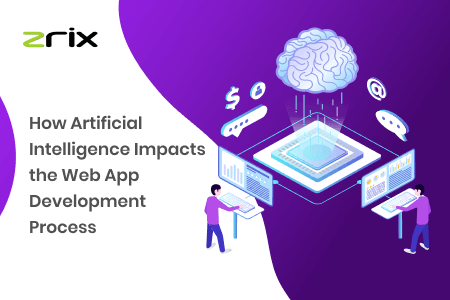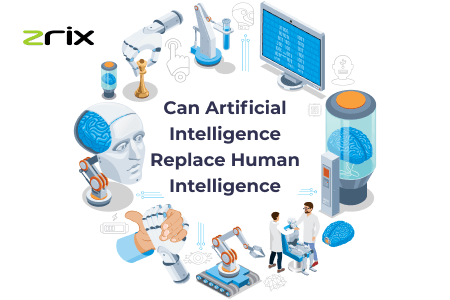Artificial Intelligence being used for climate change?

Artificial intelligence is the hottest topic in technology right now.
In the history of science and technology, there have been several inventions and evolutions.
Artificial intelligence is the process of constructing a computer, a computer-assisted robot, and software that behaves logically in the same way as a human mind.
As a result, logical software and systems emerge.
How can AI help in climate change?
Artificial intelligence, which includes machine learning and deep learning, is a "real game-changer" for evaluating climate change and other environmental challenges. The company's AI for Earth initiative has pledged $50 million over the next five years to develop and test fresh AI and sustainability applications. It will eventually assist in the scaling-up and commercialization of the most productive ventures.
The scientists discovered that AI could help achieve 93 percent of environmental goals, such as the development of smart and low-carbon cities, Internet-of-Things devices that can modulate their power consumption, and improved integration of sustainable energy through smart grids, identification of desertification patterns using satellite imagery, and combating ocean pollution.
Leading ai development companies has the potential to be a formidable tool in the fight against climate change. Its contribution, however, should not be underestimated. The first step in this direction is to encourage the use of a more comprehensive and comprehensive model assessment. Up until now, the primary focus of research and development has been on enhancing accuracy or developing novel algorithm approaches. These goals frequently consume increasing volumes of data, resulting in increasingly complicated models.
The accuracy of the model and complexity have an exponential relationship. There are linear advancements in productivity for massive growth in model size and training requirements. In the pursuit of accuracy, creating approaches that increase time-to-train or process utilization receives less attention. We must realize the trade-off between model quality and reliability, as well as the model's carbon footprint, in the future, both during training and while generating inferences.
Also Read: Can Artificial Intelligence Replace Human Intelligence
AI can also help cities save money on energy by forecasting demand using data from smart meters and the Internet of Things. The benefits of using Artificial intelligence technology can also help with urban technique and catastrophe preparation by simulating prospective zoning regulations, building codes, and flood plains. To build cities more energy efficient and habitable, one idea for a smart development is to develop an "urban dashboard" with real-time data on energy and water use and accessibility, traffic, and climate.
IBM's Green Horizon project in China is utilizing an Artificial intelligence system that can anticipate air pollution levels, monitor pollution sources, and generate potential solutions. It can evaluate if, for example, restricting the number of drivers or closing specific power plants would be more successful in reducing pollution in a given location.
Another IBM device in the works could assist towns in preparing for future heat waves. AI would replicate the environment at the city level and test alternative tactics to see how effective they are in reducing heat waves. For example, if a city wants to plant additional trees, AI-powered machine, machine-based learning systems could figure out where the ideal areas to plant them would be to maximize tree cover while reducing heat from the pavement.
IT solutions for Agriculture that track crop moisture, soil conditions, and temperature help AI and climate change boost production and predict when crops need to be watered. By combining this data with that collected by drones, which are often used to track conditions, increasingly automated AI systems will be able to determine the optimal times to sow, spray, and harvest crops, as well as when to prevent infections and other problems. As a result, efficiency will improve, yields will increase, and water, fertilizer, and pesticide consumption will be reduced.
Helpful in predicting future climate as well
Accurate forecasts are becoming extremely important as the Combat climate change with artificial intelligence. Climate models, on the other hand, frequently give significantly diverse projections, owing to the way data is divided down into distinct sections, how systems and processes are coupled, and the wide range of spatial and temporal dimensions. The studies of the Intergovernmental Panel on Climate Change (IPCC) are based on various climate models and present a range of projections that are then averaged out.
However, integrating them equalizes the weight assigned to each climate model. AI is assisting in the determination of which models are more trustworthy by assigning more value to those whose forecasts show to be more correct at the end, and less value to those that perform badly. Climate change estimates will be more accurate as a result of this.
Also Read: Can Artificial Intelligence Change The Way We Do Business
Forecasting of weather and magnitude of extreme prediction is also benefiting from AI and deep learning. This is because they can account for far more of the climate system's real-world complexity, such as atmospheric and marine processes, as well as marine and atmospheric science, in their calculations. Weather and climate modeling become more precise as a result, providing forecasts more helpful to decision-makers.
AI allows us to better control the effects of climate change and safeguard the Impact of artificial intelligence on the environment, as well as transform industry, commerce, medical services, medicine, law, education, and other disciplines. However, there has Limitations of using artificial intelligence that must be recognized, such as economic risk and social risk.
The World Economic Forum advises governments and businesses to "guarantee the safety, interpretability, accessibility, and validity of AI applications" to mitigate these dangers. To avoid the possible perils of artificial intelligence—and to realize its potential advantages to the environment and humanity more collaboration between public and private entities, engineers, policymakers, and even philosophers, as well as more research spending, is required.












